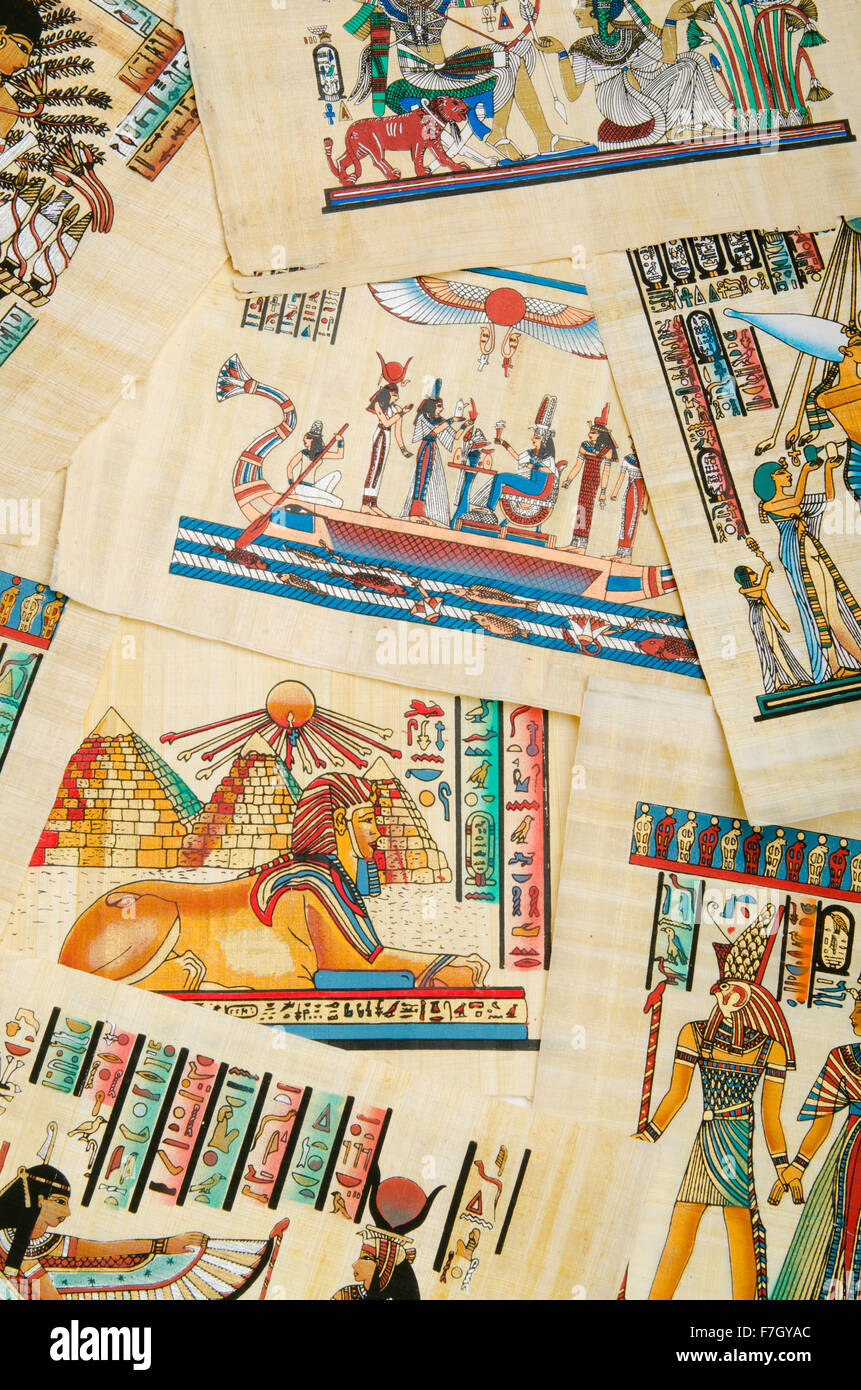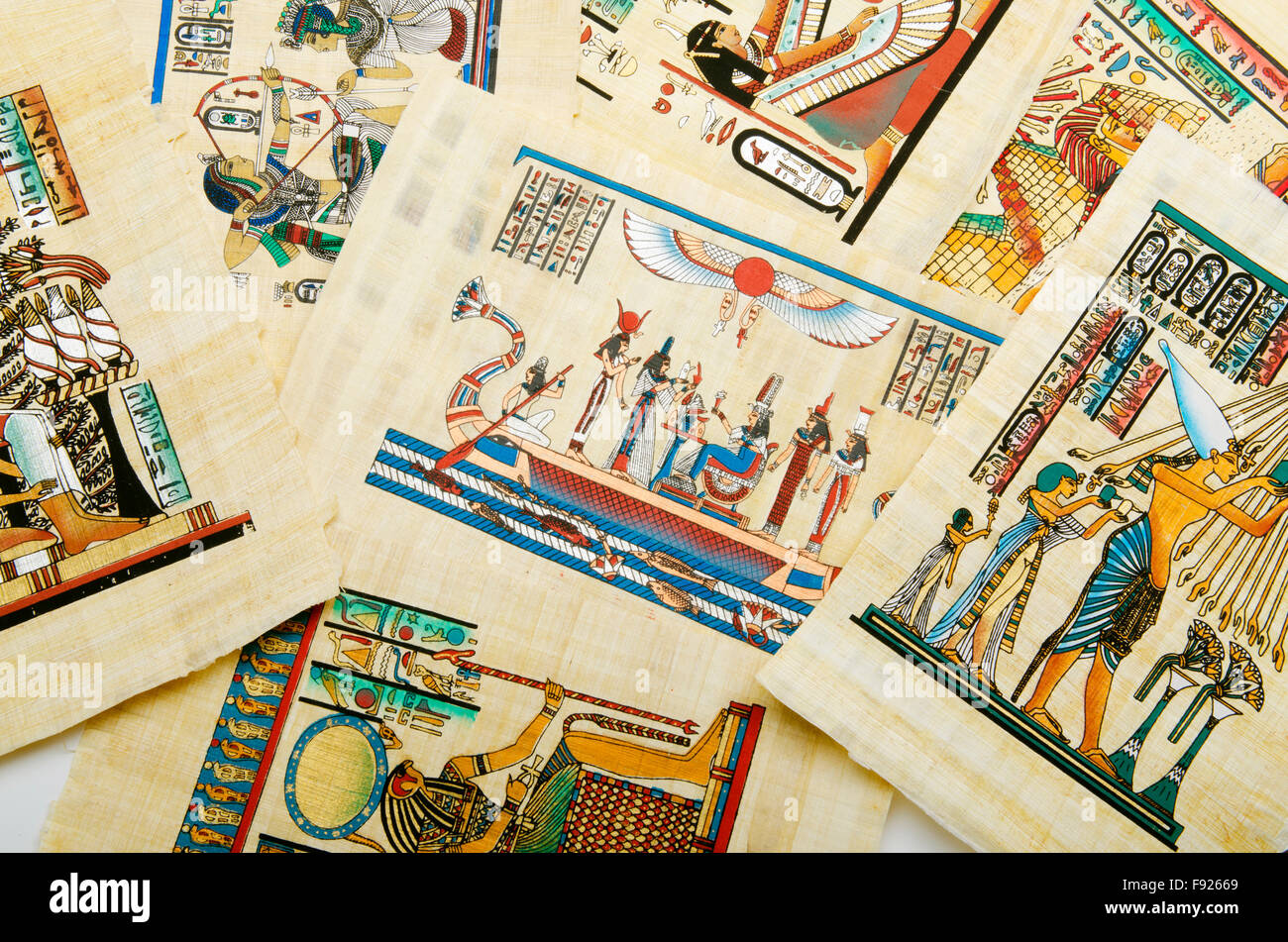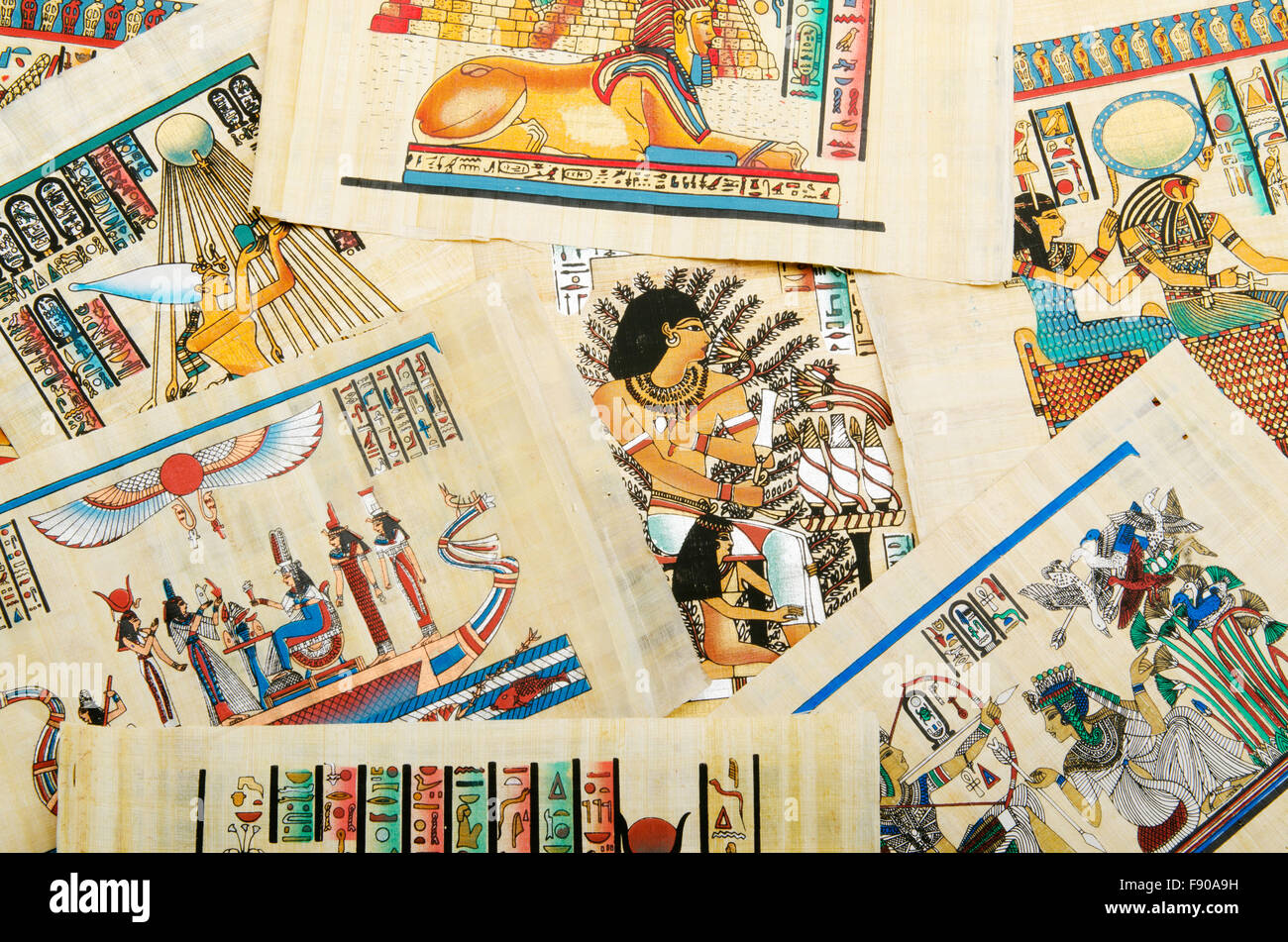The Last Monarch: Unveiling The History Of Shah Of Iran
The history of Shah of Iran, particularly the reign of Mohammad Reza Pahlavi, is a captivating saga of ambition, modernization, and ultimately, revolution. It represents a pivotal chapter in Iran's long and complex journey, marking the dramatic end of a monarchical tradition that had spanned over two millennia. From the grandeur of ancient Persian empires to the sweeping reforms of the 20th century, the story of the last Shah is intertwined with Iran's quest for identity and its tumultuous relationship with the global stage. His reign, from 1941 to 1979, was a period of intense transformation, leaving behind a legacy that remains deeply polarizing and continues to shape the geopolitical landscape of the Middle East.
This article delves into the fascinating history of the Shah of Iran, exploring the rise of the Pahlavi dynasty, Mohammad Reza Pahlavi's vision for a modernized Iran, the intricate dance with foreign powers, and the factors that ultimately led to the Islamic Revolution. We will examine the key reforms, the imperial ambitions, and the social and political undercurrents that defined this crucial era, providing a comprehensive understanding of a ruler who saw himself as an heir to ancient kings, yet presided over the demise of an age-old monarchy.
Table of Contents
- A Legacy Forged: Understanding the Pahlavi Dynasty's Genesis
- The Early Life and Ascension of Mohammad Reza Pahlavi
- The Shah's Vision: Modernization and Imperial Ambitions
- The Shah and Foreign Powers: A Complex Relationship
- Biography: Mohammad Reza Shah Pahlavi
- The Unraveling: Seeds of Discontent and Revolution
- The Islamic Revolution and the End of Monarchy
- Exile, Death, and Enduring Legacy
A Legacy Forged: Understanding the Pahlavi Dynasty's Genesis
The story of the last Shah of Iran, Mohammad Reza Pahlavi, cannot be fully understood without first examining the rise of his father, Reza Khan, and the establishment of the Pahlavi dynasty. This dynasty, which governed Iran from 1925 to 1979, represents a pivotal era in the nation’s journey toward modernization and global integration. Before the Pahlavis, Iran had a long history of monarchical rule dating back 2,500 years, with various forms of monarchy existing from the 7th century BCE until 1979. However, the early 20th century saw the Qajar dynasty struggling to maintain control amidst growing foreign influence and internal unrest, including the Constitutional Revolution which limited royal power and established Iran’s first parliament.
From Coup to Crown: Reza Shah's Rise
The genesis of the Pahlavi dynasty began with a military commander named Reza Khan. Ascending to power after a 1921 coup d’état against the Qajar dynasty, Reza Khan swiftly consolidated his authority. His ambition was not merely to replace the old order but to fundamentally transform Iran. In 1925, he was crowned Reza Shah, founding the Pahlavi dynasty. This marked a decisive break from the past, as he aimed to modernize and centralize Iran along secular lines, challenging the traditional monarchy and significantly enhancing the influence of the state over religious and tribal authorities.
Laying the Foundations of Modern Iran
Reza Shah Pahlavi stands as a transformative figure in Iranian history, known for his pivotal role in establishing the modern state of Iran. His reign was characterized by sweeping reforms in governance, infrastructure, education, and military development. He initiated ambitious projects like the Trans-Iranian Railway, established modern universities, and sought to reduce foreign influence by asserting national sovereignty. His policies were often authoritarian, but they laid the groundwork for many of the modern institutions that would later be inherited by his son. The Pahlavi dynasty, though short-lived with only two rulers, Reza Khan (ruled as Reza Shah Pahlavi) and Mohammad Reza Pahlavi, fundamentally reshaped the nation's trajectory.
The Early Life and Ascension of Mohammad Reza Pahlavi
Mohammad Reza Pahlavi, the central figure in the history of Shah of Iran, was born into a royal lineage in 1919. His early life was shaped by his father's rapid ascent and his own destiny as the heir to a newly established, yet ambitious, monarchy.
Born into Royalty: The Crown Prince
Mohammad Reza Pahlavi was one of Reza Shah's eleven children, and the eldest son among his siblings. He was proclaimed the crown prince at birth, prior to the official establishment of the Pahlavi dynasty in 1925. This early designation meant that his entire upbringing was geared towards preparing him for the throne. He received a modern education, including schooling in Switzerland, which exposed him to Western ideas and governance, a stark contrast to the traditional upbringing of previous Persian monarchs. This blend of Persian heritage and Western influence would define much of his later reign as Shah of Iran.
Navigating Wartime: The Throne in Turmoil
Mohammad Reza Pahlavi ascended to the Peacock Throne in 1941, a tumultuous period marked by World War II. His father, Reza Shah, abdicated under pressure from British and Soviet forces. The Allied powers, suspicious of Reza Shah's perceived German sympathies, forced his abdication. This abrupt change of power during a global conflict meant that Mohammad Reza Shah assumed power under challenging circumstances, with foreign troops occupying parts of his country. This early experience of foreign intervention and the perceived weakness of his position would profoundly influence his approach to governance and his deep-seated desire to assert Iran's independence and strength on the world stage.
The Shah's Vision: Modernization and Imperial Ambitions
Mohammad Reza Shah Pahlavi was the last Shah of Iran, reigning from 1941 to 1979. His rule was characterized by an ambitious drive to modernize Iran and transform it into a regional powerhouse, a vision deeply rooted in his perception of himself as heir to the kings of ancient Iran. He introduced many reforms aimed at fostering economic development and social progress, often referred to collectively as the "White Revolution."
The White Revolution, launched in the early 1960s, was a series of far-reaching reforms that included land reform, nationalization of forests and pastures, sale of state-owned factories to finance land reform, electoral reforms (including women's suffrage), and the establishment of literacy and health corps. These initiatives aimed to redistribute wealth, expand education and healthcare, and break the power of traditional landowning elites. The Shah believed these reforms were essential for Iran to catch up with the developed world and prevent a communist revolution.
Beyond internal reforms, the Shah harbored grand imperial ambitions. He saw Iran not just as a modern nation but as a continuation of the glorious Persian Empire. In 1971, he held an extravagant celebration of 2,500 years of Persian monarchy at Persepolis, a lavish event designed to showcase Iran's ancient heritage and its modern prosperity to the world. This spectacle, while impressive, also drew criticism for its immense cost in a country where poverty persisted. Further emphasizing this imperial connection, in 1976, he replaced the Islamic calendar with an imperial calendar, which began with the foundation of the Persian Empire more than 25 centuries earlier. These symbolic gestures underscored his belief in Iran's historical greatness and its destiny as a major global player, shaping the very fabric of the history of Shah of Iran.
The Shah and Foreign Powers: A Complex Relationship
The history of Shah of Iran is inextricably linked to the influence of foreign powers, a dynamic that shaped both his ascension and his eventual downfall. From the very beginning of his reign, foreign intervention played a critical role, setting a precedent for a complex and often contentious relationship.
As noted, Mohammad Reza Pahlavi ascended to the throne after the British and Soviets forced his father, Reza Shah, to abdicate due to his German sympathies during World War II. This early experience instilled in the young Shah a deep desire to assert Iran's independence and prevent similar foreign impositions. However, the geopolitical realities of the Cold War era meant that Iran, with its vast oil reserves and strategic location, remained a focal point for international powers, particularly the United States and Great Britain.
Perhaps the most significant instance of foreign intervention during his reign was the 1953 coup d’état. This event, orchestrated by the United States (CIA) and the United Kingdom (MI6), aimed to support Iran’s monarch, Mohammad Reza Pahlavi, to rule as Shah of Iran, and to appoint a new prime minister, effectively overthrowing the democratically elected Prime Minister Mohammad Mosaddegh. Mosaddegh had nationalized the Anglo-Iranian Oil Company, a move that threatened British and American oil interests. The coup successfully restored the Shah to full power, cementing his authority but also creating a deep-seated resentment among many Iranians who viewed it as a betrayal of their sovereignty. This event would cast a long shadow over the Shah's reign, fueling anti-Western sentiment and contributing to the eventual revolution.
Decades later, with tensions rising again between the US, Israel, and Iran, echoes of that intervention reverberate. As Donald Trump talked regime change in the past, it serves as a stark reminder of how foreign powers once overthrew Iran’s elected leader to secure oil interests. This history of external influence highlights the precarious position of the Shah, who, despite his efforts to modernize and assert Iran's strength, often found himself navigating a delicate balance between domestic aspirations and the strategic interests of powerful nations.
Biography: Mohammad Reza Shah Pahlavi
Mohammad Reza Shah Pahlavi was a figure of immense historical significance, the last monarch to rule Iran. His life spanned a period of profound global change and internal transformation for his nation.
| Attribute | Detail |
|---|---|
| Full Name | Mohammad Rezā Shāh Pahlavi (Persian Language: محمدرضا شاه پهلوی) |
| Title | Shah of Iran (Last Monarch) |
| Reign | September 16, 1941 – January 16, 1979 |
| Born | October 26, 1919, Tehran, Qajar Persia |
| Died | July 27, 1980 (aged 60), Cairo, Egypt |
| Father | Reza Shah Pahlavi (Founder of Pahlavi Dynasty) |
| Mother | Taj ol-Molouk |
| Spouses | Fawzia Fuad of Egypt (m. 1939; div. 1948), Soraya Esfandiary-Bakhtiary (m. 1951; div. 1958), Farah Diba (m. 1959) |
| Children | Shahnaz Pahlavi, Reza Pahlavi, Farahnaz Pahlavi, Ali Reza Pahlavi, Leila Pahlavi |
| Dynasty | Pahlavi Dynasty |
The Unraveling: Seeds of Discontent and Revolution
Despite the Shah's ambitious modernization programs and his vision of a powerful, modern Iran, the seeds of discontent were steadily growing beneath the surface. The very reforms intended to strengthen the nation also created new social and economic tensions that would ultimately contribute to the unraveling of his rule and the end of the history of Shah of Iran.
While the White Revolution brought about significant economic development, its benefits were not evenly distributed. Rapid urbanization led to an influx of rural migrants into cities, straining infrastructure and creating a new class of urban poor. Land reforms, while breaking the power of some traditional elites, also alienated many small farmers and religious foundations. The oil boom of the 1970s, while enriching the state, also fueled inflation and exacerbated income inequality, leading to widespread public frustration.
Furthermore, the Shah's authoritarian style of governance and his suppression of political dissent alienated various segments of society. Political parties were largely suppressed, and the SAVAK, the Shah's secret police, became notorious for its human rights abuses. Intellectuals, students, and the religious establishment, in particular, felt increasingly marginalized and oppressed. The Shah's secularizing policies and his perceived pro-Western stance were seen by many religious leaders as an affront to Islamic values and Iranian identity. His extravagant celebrations, like the 2,500-year anniversary of Persian monarchy, were viewed by critics as wasteful and out of touch with the struggles of ordinary Iranians.
The combination of economic disparities, political repression, and cultural alienation created a volatile atmosphere. Religious leaders, particularly Ayatollah Ruhollah Khomeini, who was in exile, skillfully tapped into this widespread discontent, articulating a powerful narrative that blamed the Shah for Iran's problems, portraying him as a puppet of foreign powers and an enemy of Islam. This growing opposition, fueled by a potent mix of economic grievances, political aspirations, and religious fervor, set the stage for the cataclysmic Iranian Revolution of 1979.
The Islamic Revolution and the End of Monarchy
The year 1979 marked the dramatic culmination of decades of simmering discontent and the abrupt end of the history of Shah of Iran. The Islamic Revolution, a mass movement driven by a diverse coalition of forces but increasingly dominated by the religious opposition, swept through Iran, bringing down the Pahlavi dynasty and centuries of monarchical rule.
As protests grew in intensity throughout 1978, the Shah's government struggled to contain the escalating crisis. Strikes paralyzed the economy, and massive demonstrations, often met with brutal force, became a daily occurrence. Despite his attempts to appease the opposition with concessions and changes in government, it was too little, too late. The tide had turned decisively against the monarchy. On January 16, 1979, Shah Mohammad Reza Pahlavi and Empress Farah were famously photographed boarding a plane to leave the country, effectively abdicating his throne and marking the end of his reign. He left Iran for what he believed would be a temporary "vacation," but it was, in fact, a permanent exile.
His departure signaled the collapse of the Pahlavi regime and the end of Iran's last king. Within weeks, Ayatollah Ruhollah Khomeini returned from exile, and the Islamic Republic was established, fundamentally transforming Iran's political, social, and religious landscape. Until this moment, Iran had a long history of monarchical rule dating back 2,500 years, beginning with the Median dynasty in the 7th century BCE. The fall of the Shah thus represented not just a change in leadership, but the termination of an ancient form of governance that had defined Iran for millennia. The transition was swift and profound, reshaping Iran's destiny and its relationship with the rest of the world.
Exile, Death, and Enduring Legacy
After leaving Iran in January 1979, Mohammad Reza Pahlavi, the last Shah of Iran, embarked on a difficult and often lonely exile. He sought refuge in various countries, including Egypt, Morocco, the Bahamas, Mexico, and the United States, but his presence often caused political complications for his hosts. His health, which had been deteriorating for some time due to cancer, worsened during this period of displacement and stress. He passed away in Egypt the following year, in 1980, bringing a definitive close to his personal chapter in the history of Shah of Iran.
In the annals of history, few rulers have left as polarizing a legacy as Shah Mohammad Reza Pahlavi. His reign, which ended in the cataclysmic Iranian Revolution of 1979, is viewed through vastly different lenses. Supporters remember him as a visionary modernizer who brought unprecedented economic growth, social reforms, and international prestige to Iran. They point to advancements in education, healthcare, and infrastructure, and his efforts to elevate Iran's standing on the global stage. He saw himself as heir to the kings of ancient Iran, striving to restore a sense of national pride and power.
However, critics highlight his authoritarianism, the suppression of dissent, human rights abuses by SAVAK, and the growing wealth disparity under his rule. They argue that his modernization efforts were superficial, failing to address deep-seated social and political grievances, and that his close ties with Western powers compromised Iran's sovereignty. The revolution itself stands as a testament to the profound popular discontent that ultimately overwhelmed his regime.
Today, the legacy of the Pahlavi dynasty continues to resonate. Reza Pahlavi, the exiled son of Iran’s last Shah, frequently reiterates his call for a regime change in Tehran, adding that the Islamic Republic is collapsing and that the time has come for the Iranian people to “reclaim Iran.” Pahlavi, in posts on X (formerly Twitter), continues to advocate for a secular, democratic Iran, drawing on the historical memory of his family's rule. This ongoing dialogue underscores that the history of Shah of Iran is not merely a past event but a living narrative, with its echoes still shaping contemporary political discourse and the aspirations of the Iranian people.
Conclusion
The history of Shah of Iran, particularly the reign of Mohammad Reza Pahlavi, is a complex tapestry woven with threads of modernization, imperial ambition, foreign intervention, and ultimately, revolution. From the foundational reforms of his father, Reza Shah, who established the Pahlavi dynasty and laid the groundwork for a modern state, to Mohammad Reza Pahlavi's own ambitious White Revolution and his vision of Iran as a powerful, ancient empire, the era was defined by a relentless drive for progress. Yet, this pursuit of modernity often came at the cost of political freedoms and social equity, creating the fertile ground for the Islamic Revolution that brought an end to 2,500 years of Persian monarchy.
Mohammad Reza Pahlavi's legacy remains deeply contested, a testament to the polarizing impact of his rule. He was a figure who sought to propel Iran into the future while simultaneously embracing its ancient past, a contradiction that ultimately contributed to his downfall. His story serves as a powerful reminder of the intricate interplay between leadership, internal dynamics, and global forces in shaping a nation's destiny. Understanding this pivotal period is crucial for comprehending modern Iran and its ongoing trajectory.
What are your thoughts on the legacy of the Shah of Iran? Share your perspectives in the comments below, and don't forget to explore other historical articles on our site to deepen your understanding of the Middle East's rich past.
- Hannah Waddingham Husband
- Who Is Whitney Cummings Dating
- Logan Paul Dating History
- Gloria Carter Spann
- Roxie Jamie Pipino

Egyptian history concept with papyrus Stock Photo - Alamy

Egyptian history concept with papyrus Stock Photo - Alamy

Egyptian history concept with papyrus Stock Photo - Alamy